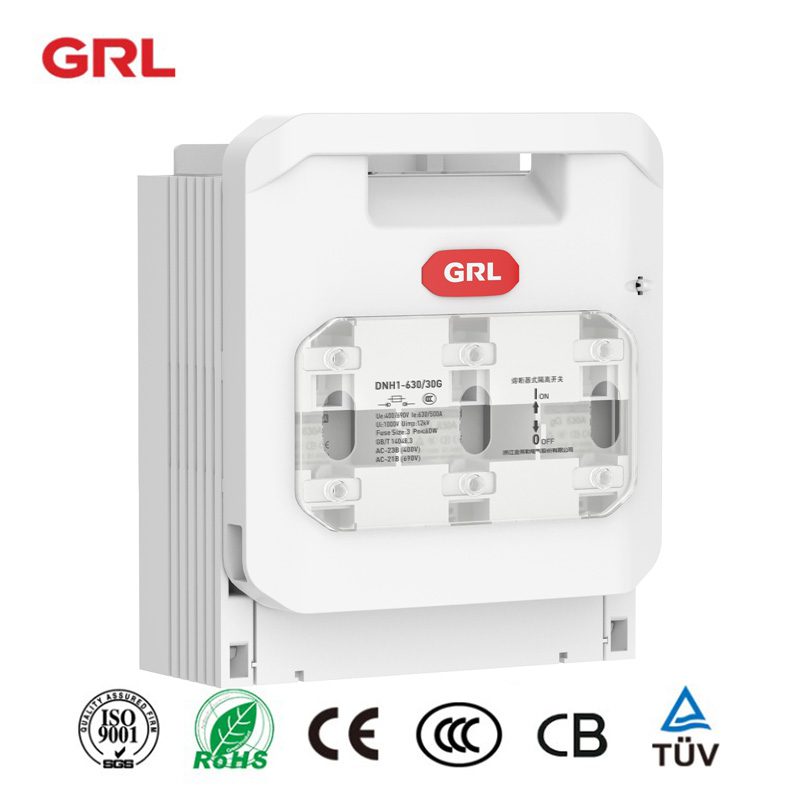
# Fuse Switch Disconnector: Key Features and Applications
## Introduction to Fuse Switch Disconnectors
A fuse switch disconnector is a crucial component in electrical distribution systems, combining the functions of a switch, fuse, and disconnector in a single device. This versatile equipment plays a vital role in protecting electrical circuits and ensuring safe operation in various industrial and commercial applications.
## Key Features of Fuse Switch Disconnectors
### 1. Combined Functionality
The primary advantage of a fuse switch disconnector is its ability to perform multiple functions:
– Switching capability for normal operation
– Fuse protection against overloads and short circuits
– Isolation function for maintenance safety
### 2. Safety Mechanisms
Modern fuse switch disconnectors incorporate several safety features:
Keyword: Fuse Switch Disconnector
– Visible isolation gap for verification
– Interlocking mechanisms to prevent unsafe operations
– Load-breaking capacity for safe disconnection
### 3. Robust Construction
These devices are built to withstand demanding conditions:
– Durable housing materials (typically thermoset plastics or metals)
– Corrosion-resistant components
– High-quality contacts for reliable performance
## Applications of Fuse Switch Disconnectors
### Industrial Settings
In manufacturing facilities, fuse switch disconnectors are commonly used for:
– Motor control circuits
– Machine protection
– Distribution board protection
### Commercial Buildings
These devices find applications in:
– Main power distribution panels
– Sub-distribution boards
– Lighting control systems
### Renewable Energy Systems
Fuse switch disconnectors play a critical role in:
– Solar power installations
– Wind turbine systems
– Energy storage solutions
## Selection Considerations
When choosing a fuse switch disconnector, consider these factors:
– Current rating (must match or exceed the circuit requirements)
– Voltage rating (appropriate for the system voltage)
– Breaking capacity (sufficient for potential fault currents)
– Environmental conditions (temperature, humidity, etc.)
– Compliance with relevant standards (IEC, UL, etc.)
## Maintenance and Safety
Proper maintenance ensures reliable operation:
– Regular visual inspections for signs of damage
– Periodic testing of operation and functionality
– Replacement of fuses according to manufacturer guidelines
– Verification of proper contact pressure
Always follow lockout/tagout procedures when working with fuse switch disconnectors to ensure personnel safety.
## Conclusion
Fuse switch disconnectors offer a practical and efficient solution for circuit protection and isolation in various electrical systems. Their combination of switching, protection, and isolation functions makes them indispensable components in modern electrical installations. By understanding their features and proper application, electrical professionals can ensure safe and reliable operation of power distribution systems.